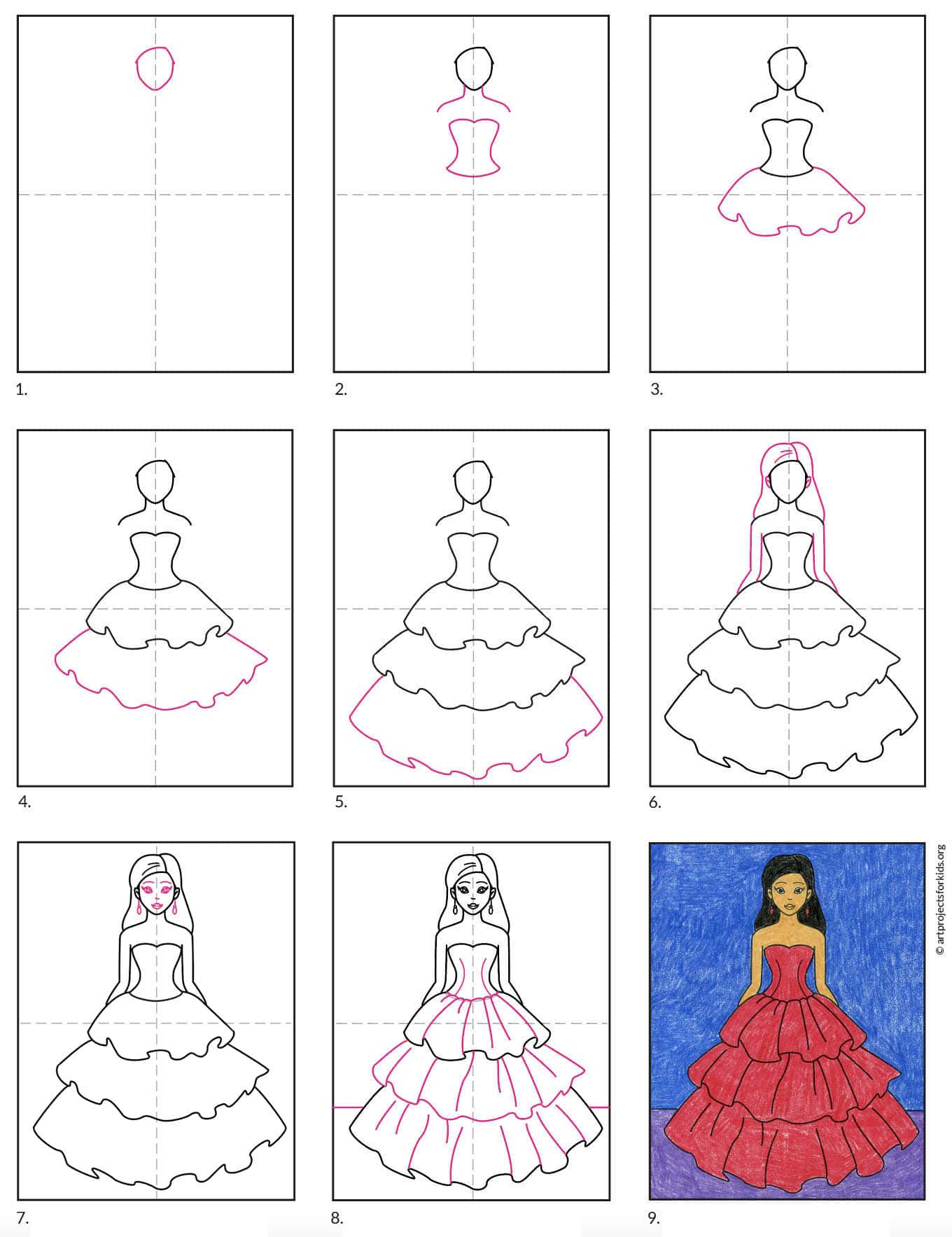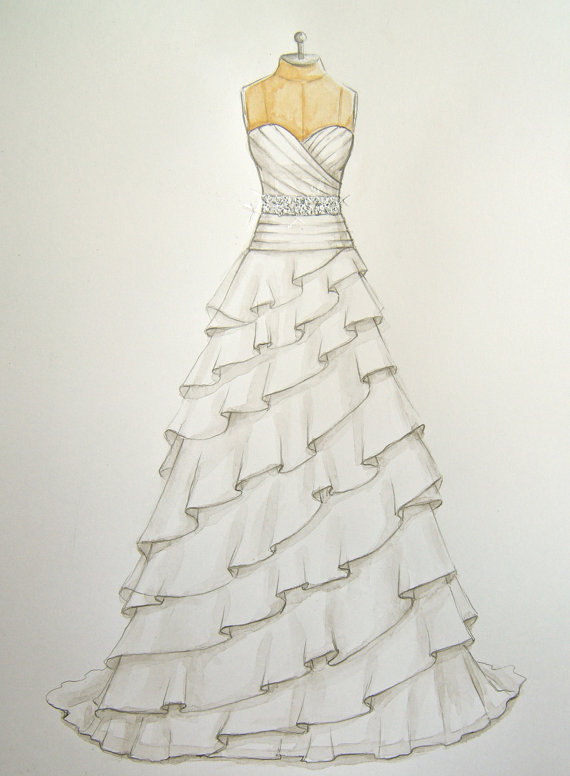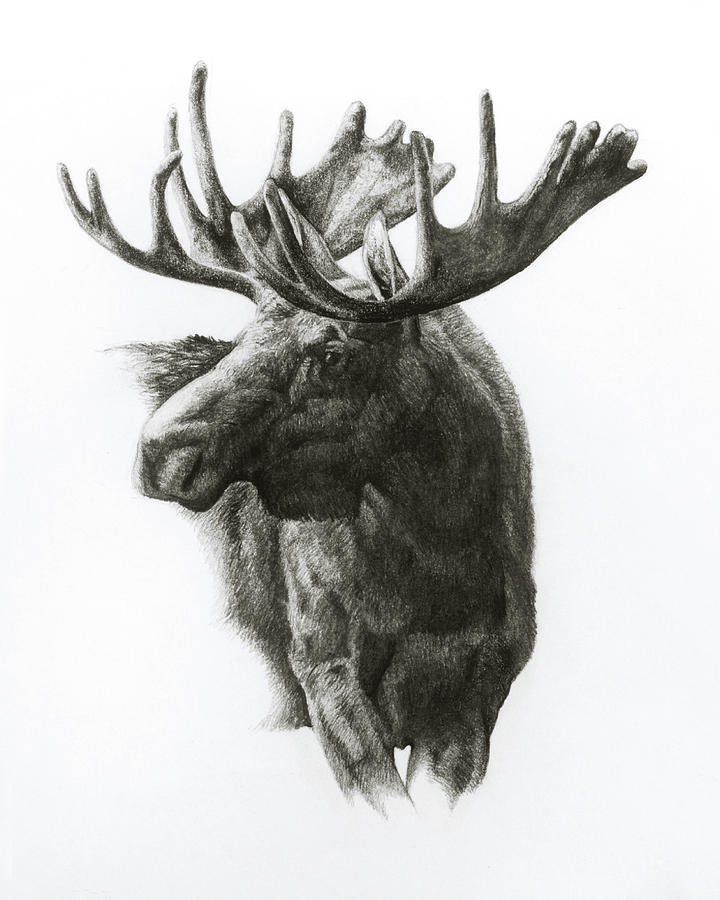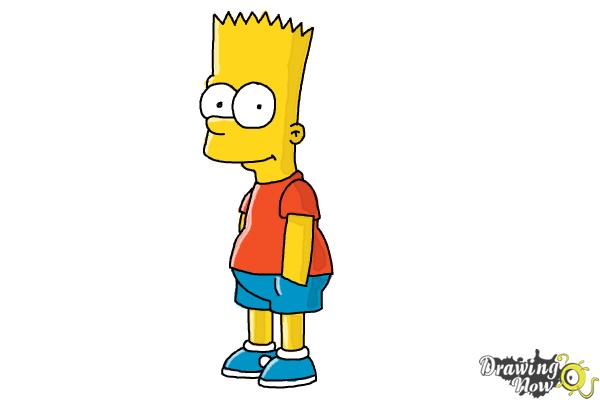Jennelise drawing dresses
Table of Contents
Table of Contents
If you’re interested in fashion design, one of the essential skills you need to learn is how to draw dresses. Whether you’re looking to create your own clothing line, design a gown for a special occasion, or simply want to improve your illustration abilities, knowing how to draw dresses is a crucial skill to have. In this post, we’ll explore everything you need to know about drawing dresses, step by step.
The struggle of drawing dresses
Drawing a dress may seem like a daunting task, but with the right techniques, anyone can do it. One of the most challenging aspects of drawing a dress is getting the proportions right, especially if you’re trying to achieve a specific style or silhouette. Another common difficulty is adding details that make the dress stand out and appear realistic, such as the texture of the fabric, the folds, and the hemlines.
How to draw dresses
The first step in learning how to draw dresses is to understand the basic shapes and forms that make up the dress’s structure. For instance, most dresses are composed of a combination of circles, triangles, and rectangles to define the bodice, waist, and skirt. You can use these shapes as a foundation for your drawing, gradually adding details such as the neckline, sleeves, and hemline.
When it comes to adding texture and details to your dress drawing, it’s crucial to study references closely. Take the time to examine different dress styles, fabrics, and patterns in real life, online, or from fashion magazines to create a mental library of how such details look in real life. You can even try drawing from life, taking an actual dress and sketching it out, to help you understand how the specific fabric interacts with itself and the wearer’s body.
Summary
To sum up, drawing dresses is a crucial skill for anyone interested in fashion design. To draw a dress, you need to understand the basic shapes that make up the structure, take time to study references, and practice regularly. By following these steps, you’ll soon be able to create striking and realistic dress designs.
Step-by-Step guide on how to draw dresses
One of my favorite ways to draw dresses is to start with a rough sketch using basic shapes. Typically, I start with a large circle for the skirt, a rectangle for the torso, and two smaller circles for the breasts. Then, I connect these shapes and refine the drawing by adding details such as the neckline, sleeves or straps, and hemline.
Once the rough sketch is complete, I begin adding the details that bring the drawings to life. This includes adding texture such as folds, pleats, and ruffles, as well as defining the fabric’s weight and drape. This step requires paying close attention to real-life examples and experimenting with different types of marks to create the desired effect.
How to draw a dress for a special occasion
When it comes to drawing a dress for a special occasion, such as a wedding or red-carpet event, there are a few extra steps you can take to make the dress stand out. Start by choosing a reference or inspiration photos that convey the elegance and sophistication you’re after. Then, focus on the intricate details that make formal dresses special, such as lace, beading, or embroidery.
 One technique that can be particularly useful is to use a light-colored pencil to sketch the dress’s outline, and then use a darker pencil to add details and depth. This contrast will help the details pop, making the dress look more three-dimensional.
One technique that can be particularly useful is to use a light-colored pencil to sketch the dress’s outline, and then use a darker pencil to add details and depth. This contrast will help the details pop, making the dress look more three-dimensional.
Different dress styles and how to draw them
There are countless dress styles out there, from casual sundresses to elegant ball gowns. Each one presents its unique challenges and opportunities when it comes to drawing. For example, a sheath dress may require more attention to the fit and drape to look right, while a balloon dress may rely more on texture and volume.
When attempting to draw different dress styles, it’s essential to consider the garment’s specific construction and materials. A pencil skirt, for example, may be more geared towards straight lines and crisp angles than a flowy maxi dress. The more familiar you become with different dress styles, the easier you’ll find it to transfer your ideas and designs onto paper.
Drawing dresses for a fashion sketchbook
When it comes to drawing dresses for a fashion sketchbook, the goal is to create a stylized illustration that accurately represents the designer’s vision. It’s crucial to think about the viewer’s experience and how the illustration will convey your ideas, choose the appropriate color palette and texture, and embrace your creativity to stand out.
One idea to create a cohesive collection of dress designs in your sketchbook is to play with different themes, colors, or materials. For example, you can create a collection of vintage-inspired dresses, using muted pastel tones and soft fabrics. Or you can create a more modern collection with sleek lines, metallic accents, and bold patterns.
Question and Answer section on how to draw dresses
Q1: What type of pencil should I use to draw dresses?
A: The type of pencil you use will depend on your personal preference and the level of detail you’re aiming for. However, most artists recommend using a softer graphite pencil (2B or 4B) to create smoother, darker lines and shading.
Q2: How do I add texture to my dress drawing?
A: Adding texture to your dress drawing requires careful observation and attention to detail. Consider the fabric type and how it interacts with gravity and the wearer’s body, and use a variety of shading techniques to create the illusion of folds, ruffles or wrinkles. You can also experiment with different pencil strokes and tools to create distinct textures, such as cross-hatching or stippling.
Q3: How can I improve my dress drawing skills?
A: The best way to improve your dress drawing skills is to practice regularly and seek feedback from others. Try drawing different dress types, experimenting with various styles, and challenging yourself to create more complex designs. You can also take classes or workshops to learn new techniques or explore different approaches.
Q4: How do I draw a dress from different angles?
A: Drawing a dress from different angles requires understanding the garment’s 3D shape and perspective. Start by sketching the dress’s basic outline, and then use the principles of vanishing points and horizon lines in perspective to position the dress in space. Remember to observe how the fabric falls and interacts with the body, and take note of how the details shift when viewed from a different angle.
Conclusion of how to draw dresses
Drawing dresses may seem like a daunting task, but with patience, practice, and the right techniques, anyone can do it. Whether you’re drawing for personal pleasure or as part of a professional pursuit, learning how to draw dresses can help you express your creativity and bring your fashion designs to life.
Gallery
Step By Step Drawing Dresses – Fashion Dresses

Photo Credit by: bing.com / frock 1767 1360
Jennelise: Drawing Dresses
Photo Credit by: bing.com / dress drawing dresses drawings fashion jennelise rose illustration sketches vintage gown designs form paper draw illustrations mannequins corsets collection pattern
Jennelise: Drawing Dresses
Photo Credit by: bing.com / dress drawing dresses vintage drawings jennelise mannequin rose pretty sketches form forms beautiful fashion draw sketch patterns illustrations coloring inspiration
Jennelise: Drawing Dresses
Photo Credit by: bing.com / drawing dresses dress jennelise fashion pm posted jenneliserose outfits choose board
Dress Drawing Ideas For Beginners - Draw-metro

Photo Credit by: bing.com / sketch getdrawings ontwerpen modeschetsen schetsen prom jurk tekenen tmblr






